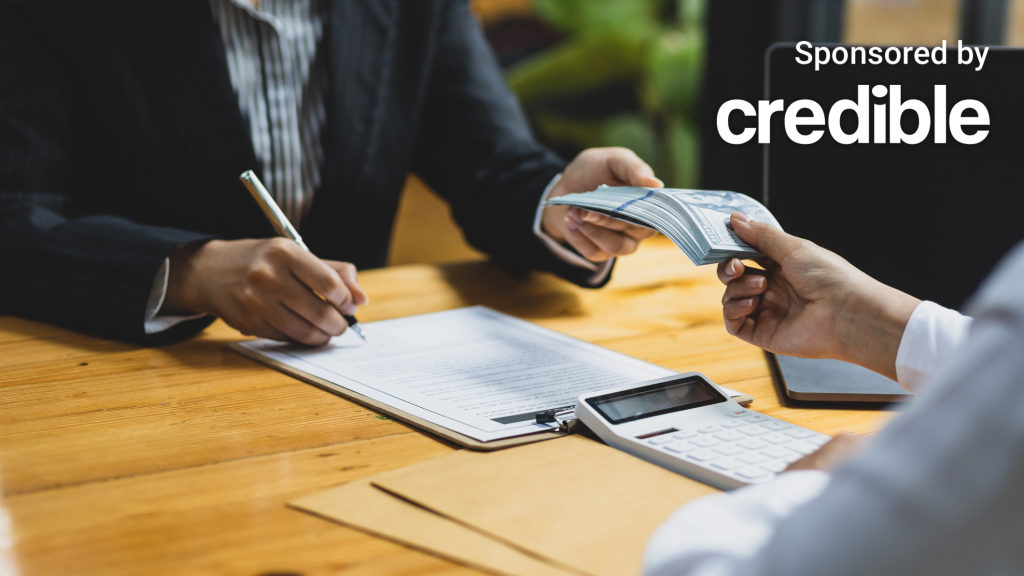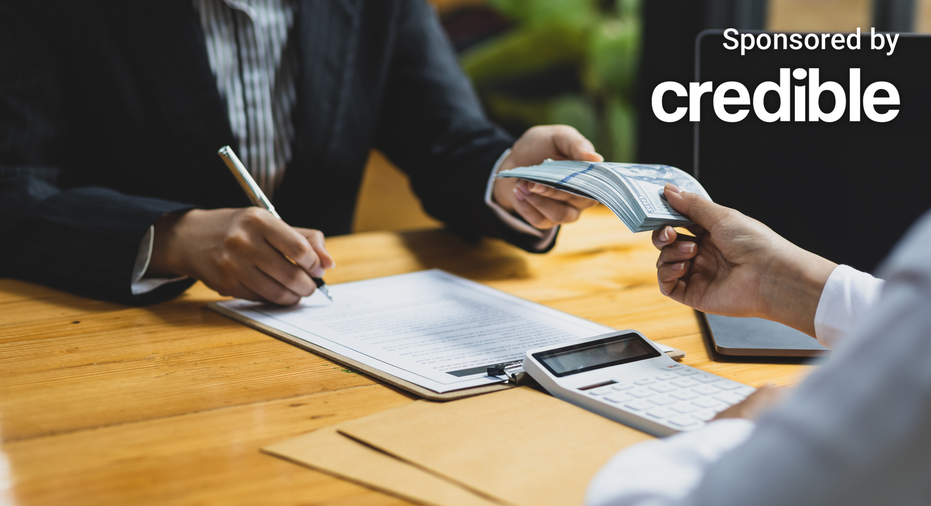

Personal loans can be used to pay off high-interest debt at a lower rate.
Americans have amassed record-high debt amid high inflation and recession fears. But there are ways to get back on track. Consumers have a variety of options ranging from low-interest personal loans to quickly pay off debt or financial strategies that allow consumers to pay off debt at their own pace.
And as Labor Day approaches, many people can take some time to explore these. Here are some examples to get started.
Personal loan
Personal loans allow people to pay off high-interest debt with a lump sum that can range from a couple of hundred dollars to a couple of hundred thousand. And personal loan interest rates or APRs can be as low as 4.6%, according to data by Credible. The average credit card interest rate is 20.68%, according to the latest data by the Federal Reserve Bank of St. Louis.
Consumers pay off personal loans by making a set amount of monthly payments called installments. The amount of time people have to pay it off usually ranges from one to five years. But interest rates will vary depending on factors like credit history, income and debt-to-income ratios.
People can apply for loans easily online or at a branch of a local bank or credit union. The application process varies across lenders, but it typically requires applicants to provide basic information about their income and finances. A lender may run a “soft inquiry” into a person’s credit history, for prequalification purposes. This would allow the lender to estimate how much they could be qualified to borrow, as well as other factors. This won’t affect the person’s credit score. But once an applicant prequalifes, the lender may run a “hard inquiry” involving a more rigorous look into an applicant’s credit picture to determine whether they are approved. A hard inquiry may deliver a small ding to an applicant’s credit score.
In addition, some lenders charge origination fees to process personal loans. They also may have early repayment penalties. However, unsecured personal loans don’t require borrowers to put up property like their houses as collateral.
If you’re ready to pay off high-interest debt with a personal loan, you can visit the Credible marketplace to compare options from different lenders without affecting your credit score.
MORE THAN HALF OF GEN XERS STOPPED SAVING FOR RETIREMENT, HERE’S WHY: SURVEY
Balance transfer card
If high-interest credit card debt is an issue, consumers could consider applying for a balance transfer card. It allows people to move a credit card balance onto a new card. And balance transfer cards usually offer a grace period in which the card won’t carry interest. These introductory 0% APR periods can last up to a year, but must last at least six months, according to a post by the CFPB. In other words, cardholders can pay off their credit card balance by making monthly payments with zero interest.
But credit card companies usually charge balance transfer fees that can range from 3% to 5% of the total transferred. And cardholders need to make sure they pay off their balances before the introductory grace period ends or the interest could begin to accumulate on the remaining balance.
Balance transfer card applications can be filled out online. Consumers typically provide personal details and have their credit checked for qualification purposes.
If you’d like to open a credit card, you can compare the benefits of your options through several lenders by visiting the Credible marketplace and see what cards you qualify for.
AMERICANS DEPEND ON CREDIT CARDS MORE THAN EVER: SURVEY
HELOC
Homeowners can take advantage of home equity lines of credit (HELOC). Home equity is the difference between what the home is worth and what the homeowner owes the mortgage lender. A lender could allow consumers to borrow a certain percentage of that home equity, which can be used as a revolving line of credit – similar to a credit card. But HELOCs typically have lower interest rates than credit cards, according to a post by Comerica Bank. Interest rates can be fixed or variable. And as consumers pay off their HELOCs, more credit is opened up for use.
People can typically borrow up to 85% of their home equity, according to a post by Bank of America. Consumers usually have a 10-year draw period in which they may borrow up to the credit limit set at closing. Afterward, a repayment period begins, which typically lasts 20 years. However, the home is set as collateral for the line of credit. So failure to pay could lead to severe consequences like losing the home.
To be approved for a HELOC, consumers are required to have a FICO score of 660 or higher, according to a publication by U.S. Bank. These factors would also be considered.
- The amount of equity you have in your home
- Debt-to-income (DTI) ratio
- Your income history
HOME PRICE GROWTH REACHES HIGHEST LEVEL SINCE LAST YEAR: REDFIN
Debt paying strategy
If you have high-interest debt such as credit cards, you could pay it off over time. Here are some examples of time-driven strategies to pay off credit card debt.
Snowball method: Start by paying off the smallest debt. Afterward, roll the payment you would have put into that debt into the next-smallest one.
Avalanche method: Begin by paying off debt with the highest balance. Afterward, roll the payment you would have put into that debt into the next-largest obligation.
In terms of credit card debt, online calculators can also help people decide how much to pay each month if they intend to pay off specific credit cards within a set period of time.
If you are looking for ways to reduce your monthly expenses, you could consider a personal loan to pay off high-interest debt at a lower rate. Contact Credible to speak to a loan expert and see if this is the right option for you.
JOB GROWTH CONTINUES TO DECLINE AS FED EYES ANOTHER RATE HIKE
Home equity loan
Similarly to a HELOC, a home equity loan allows people to borrow money based on their home equity. But the money is provided as a lump sum as opposed to a line of credit.
While that money could be used to pay off debt, many experts recommend it be used to build wealth like fund home renovations that could increase the value of a home. Some people also use home equity loans to fund large purchases that can otherwise lead consumers into higher-interest debt such as buying a vehicle or paying for college.
As with a HELOC, the home is used as collateral for the loan. And some lenders may charge loan origination fees. Consumers could pay back a home equity loan at a fixed interest rate through monthly payments that last anywhere from five to 30 years, according to data by U.S. Bank.
If you want to renovate your home and boost its value, you could consider a home improvement loan. Visit Credible to speak with a loan expert and get your questions answered.
CREDIT CARD USERS WITH THE HIGHEST BALANCES LIVE IN THESE STATES: SURVEY
Have a finance-related question, but don’t know who to ask? Email The Credible Money Expert at moneyexpert@credible.com and your question might be answered by Credible in our Money Expert column.

 Latest Breaking News Online News Portal
Latest Breaking News Online News Portal




